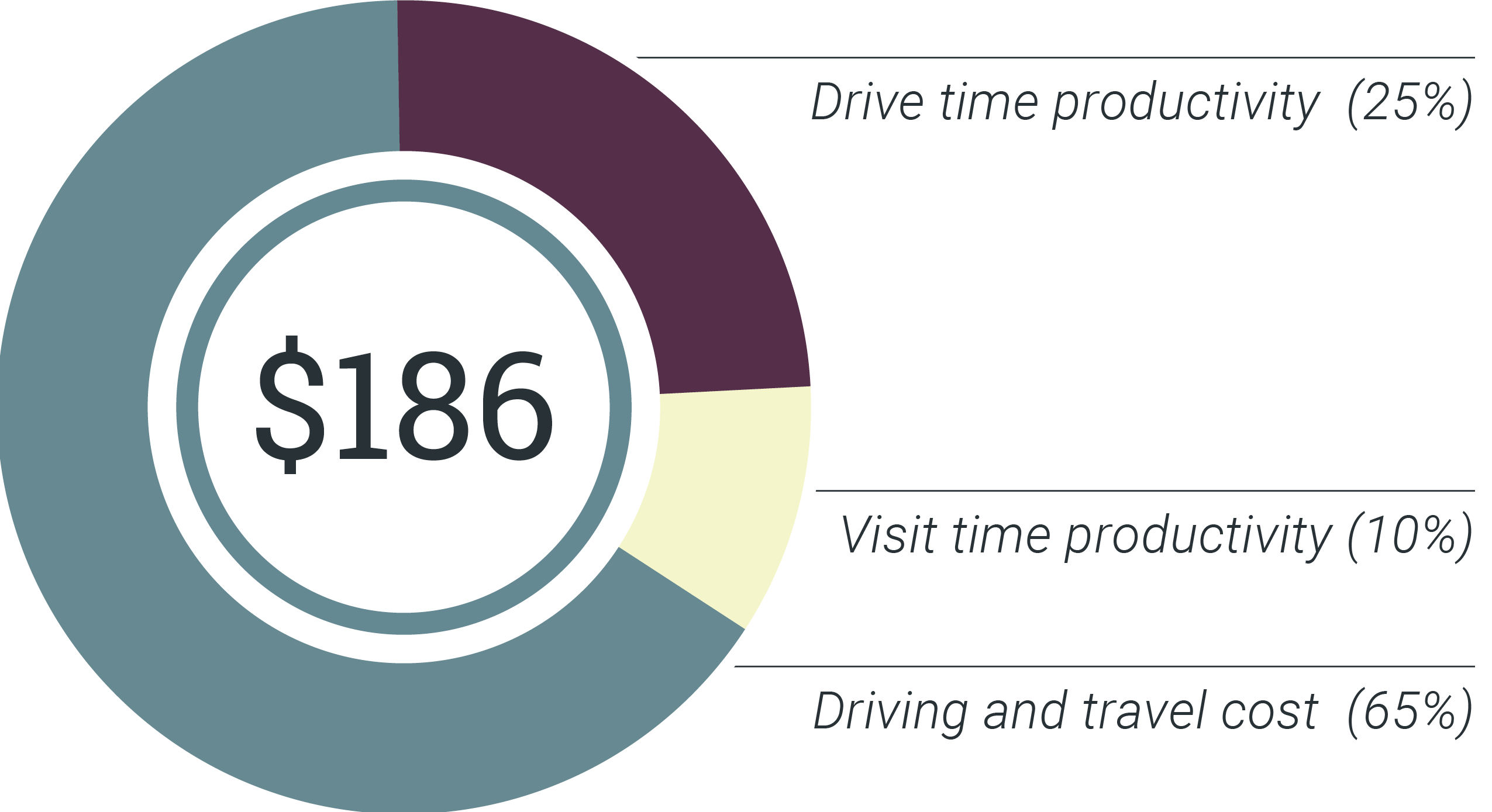Winter 2023/2024
Telehealth initiatives for specialties such as oncology care can result in improved access, better patient satisfaction and reduced costs.
The COVID 19 pandemic resulted in a more robust acceptance of new technologies to address how cancer care is delivered. In January of 2020 only 0.4% of a newly diagnosed cancer patient population used telemedicine. By April 2020 that number had grown to 54%.1 This virtual option was added out of necessity due to the vulnerability of cancer patients with compromised immunity. However, it also prompted widespread adoption of telehealth technologies that were previously underutilized. Using these digital communication platforms also can improve healthcare accessibility (see sidebar) and reduce costs (see spotlight). Studies show that leveraging telehealth programs can lead to “improved coordination of cancer care with lower costs, time savings, early disease detection,” and better access to “education and individualized care.”2
For certain populations, supplementing care with telehealth consultations can improve outcomes when compared exclusively to in-person care. A 2022 study found that “telehealth intervention was associated with higher QOL, with less depression, distress and perceived stress symptoms.”3 Telehealth programs also may reduce disparities in healthcare access among marginalized populations. Underserved communities and rural residents often “struggle disproportionately with issues like transportation barriers, time away from work, and competing demands for caregiving, (and)… telehealth can really ameliorate a lot of those demands.”4
OPN Case Study: Implementing a Virtual Oncology Consult Service
OPN Healthcare developed a virtual consultation service for newly diagnosed cancer patients. Patient Care Coordinators (PCC) help patients set up an account on the virtual consult platform and schedule a video or phone call appointment with an oncologist. OPN Medical Director, Dr. Anthony Ciarolla feels, “the visits help dial down anxiety levels and allay many of the apprehensions that newly diagnosed cancer patients might be experiencing.” Arinjay Madhav, OPN’s Vice President of Strategy & Operations notes that, “the Virtual Consult Service is part of a larger program of OPN services that leverage modern communication technologies to improve patient experience and access.” This service simplifies the treatment course for patients and potentially improves outcomes by reducing waiting times for appointments and tests.
Spotlight: Savings & Digital Health

Use of telehealth programs can result in patient savings in terms of time and travel costs, which may reduce the financial impact of cancer care. A 2023 study found that this can be as much as $186 per visit for patients due to travel costs and lost productivity.
For further information, please contact:
Adam Goldston (email)
Chief Growth Officer
OPN Healthcare